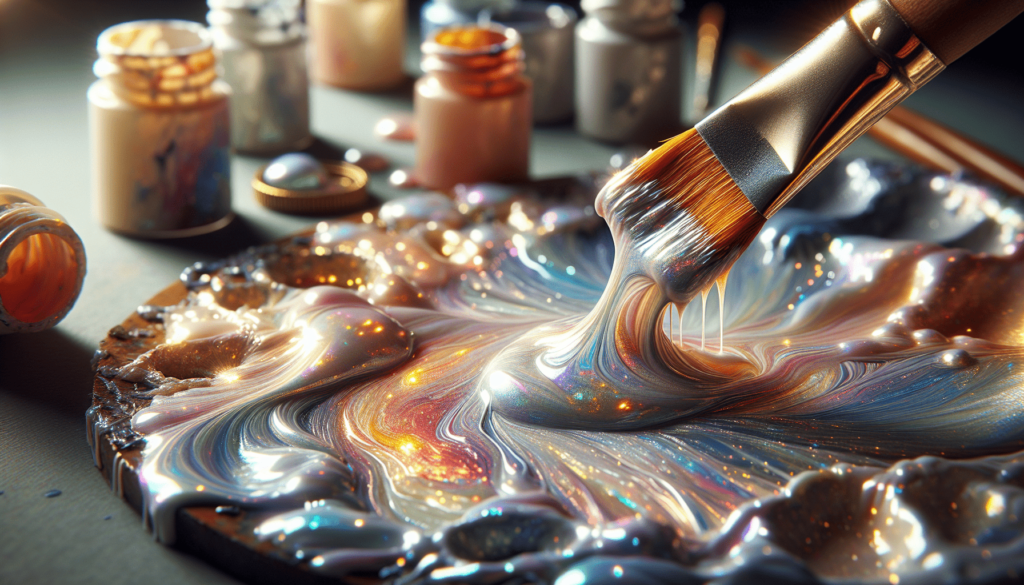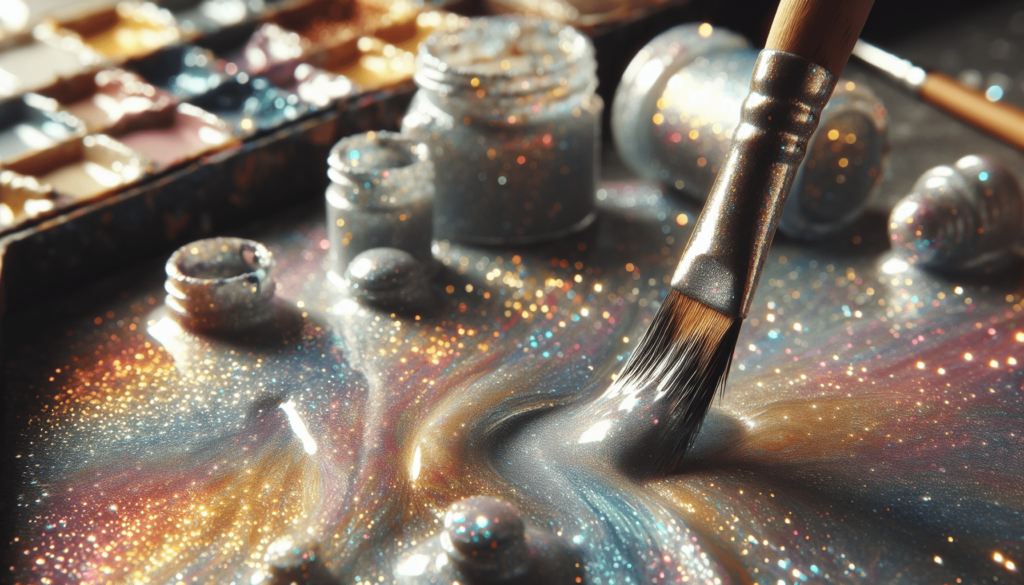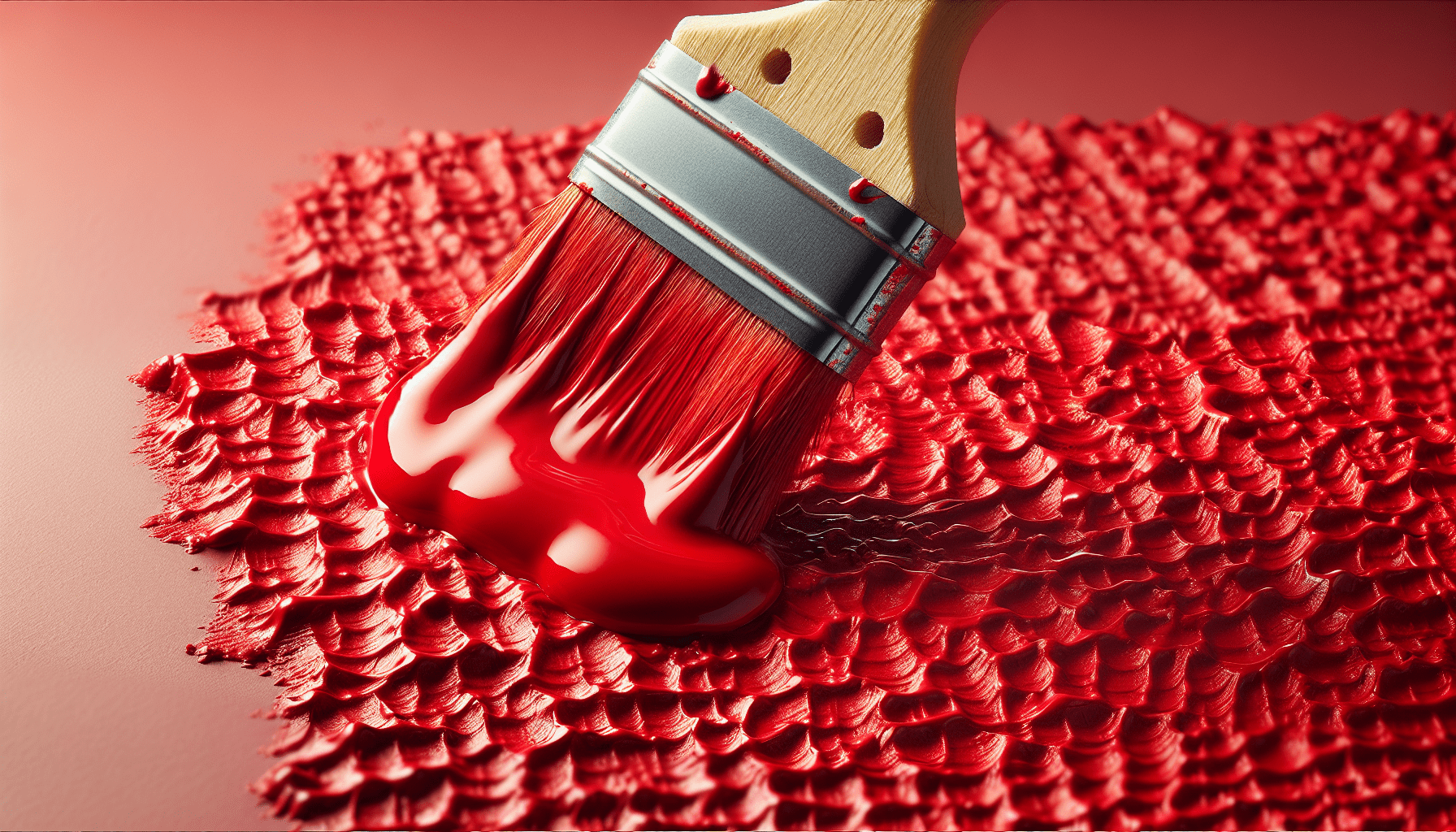How To Make Pearlescent Paint
Have you ever wondered how to create that mesmerizing, shimmering effect in your paintings? Pearlescent paint delivers a unique finish that adds a luxurious touch to any project. Understanding how to make pearlescent paint allows you to control both the color and the level of shimmer, ensuring the perfect outcome for your artistic endeavors.
Understanding Pearlescent Paint
Pearlescent paint is unlike traditional paint due to its luminous finish, which resembles the subtle shimmer of natural pearls. This effect is achieved by adding special pigments, known as pearlescent or interference pigments, to the paint base. These pigments reflect and refract light to create a play of colors that change with the viewing angle.
Components of Pearlescent Paint
Before diving into the actual process of making pearlescent paint, it is essential to understand its core components. These include:
- Base Paint: The foundation of your pearlescent paint, which can be acrylic, latex, oil, or any other type of paint.
- Pearlescent Pigments: Also known as mica powders, these are the sparkle agents that give the paint its unique shimmer.
- Binder: This crucial element holds the pigments together and ensures they stick to the painted surface.
- Solvent (Optional): To adjust the paint’s viscosity, making it easier to apply.
Why Make Your Own Pearlescent Paint?
Creating your own pearlescent paint has several advantages:
- Customization: You can choose any color and level of shimmer.
- Cost-Effectiveness: Pre-made pearlescent paints can be expensive. Making your own can be more economical.
- Creative Control: Adjust the consistency and transparency to suit your specific needs.
Materials Needed
To begin the process of making pearlescent paint, you will need the following materials:
| Material | Description |
|---|---|
| Base Paint | Choose the type (acrylic, latex, oil) and the color you desire. |
| Pearlescent Pigments | Mica powders in your chosen color(s) |
| Binder | Appropriate binder depending on your paint type |
| Solvent | (Optional) Water for acrylic and latex, turpentine for oil paints |
| Mixing Containers | Disposable cups or jars |
| Mixing Tools | Stirring sticks or spatulas |
| Measuring Tools | Accurate scales or measuring spoons |
| Protective Gear | Gloves and a mask to avoid inhalation of fine powders |

Step-by-Step Guide to Making Pearlescent Paint
Follow these detailed steps to create your own pearlescent paint, and achieve that perfect shimmering effect.
Step 1: Prepare Your Workspace
Before starting, ensure your workspace is clean and well-ventilated. This will prevent any dust or debris from contaminating your paint mixture.
Step 2: Select and Prepare Your Base Paint
Choose the type and color of the base paint. Pour a manageable amount into your mixing container. If the paint is too thick, you can adjust its consistency using the appropriate solvent.
Step 3: Measure and Add Pearlescent Pigments
The amount of mica powder you use will determine the intensity of the shimmer. A general rule is to start with a small amount, around 1 teaspoon per 1 cup of base paint. Gradually increase it until you achieve the desired effect.
Step 4: Incorporate the Binder
For lights and metallic pearlescent paints, the binder must be carefully measured to ensure that the pigments stay suspended in the paint. Add the binder incrementally to avoid oversaturation.
Step 5: Mix Thoroughly
Consistency is key. Use your stirring stick or spatula to blend the components thoroughly. Ensure that the pigments and binder are evenly distributed throughout the base paint.
Step 6: Test and Adjust
Apply a small amount of your mixture on a surface to test the final appearance. Allow it to dry and observe the shimmer effect. Adjust the pigment and binder ratios if necessary.
Tips for Achieving Different Effects
Pearlescent paint can be customized in various ways to create different visual effects. Here are some tips:
Creating a Subtle Shimmer
For a more understated shimmer, reduce the amount of mica powder added to the base paint. This will result in a softer, more diffused glow.
Intensifying the Shimmer
To achieve a more pronounced effect, increase the quantity of pearlescent pigments. Be cautious that too much powder can lead to a gritty texture.
Layering Techniques
Apply multiple layers of pearlescent paint, allowing each layer to dry fully before applying the next. This builds up the shimmer and adds depth to the finish.
Mixing Colors
Experiment with different pigment colors. Combining them can produce unique and captivating visual effects. Always record your mixtures to replicate successful outcomes.

Applications of Pearlescent Paint
Pearlescent paint is versatile and can be used in a multitude of projects:
- Automotive Industries: For custom car finishes that stand out.
- Art Projects: To add a shimmering effect to paintings and sculptures.
- Interior Décor: On walls and ceilings for a luxurious touch.
- Crafts: In DIY projects to enrich the visual appeal of various objects.
Automotive Finishes
In the automotive industry, pearlescent paints are often used to create eye-catching car exteriors. The paint’s ability to change color with the light angle can make vehicles appear more dynamic.
Art and Sculpture
Artists employ pearlescent paints to introduce a new layer of visual interest to their work. The reflective properties can enhance the three-dimensional appearance of sculptures.
Home Décor
Using pearlescent paint in home interiors, such as on accent walls or furniture, can add a touch of elegance. The shimmer effect changes with lighting conditions, creating an ever-changing ambiance.
Crafting
Crafters can use pearlescent paint to embellish a variety of items, from jewelry boxes to picture frames, adding a personal and extravagant touch.
Safety Precautions
Working with pearlescent pigments and solvents requires specific safety measures to ensure a safe and healthy work environment.
Handling Mica Powders
Mica powders are fine particles that can be hazardous if inhaled. Always wear a mask and gloves to prevent direct contact and inhalation.
Ventilation
Ensure that you are working in a well-ventilated area, especially if you are using solvents like turpentine. Proper ventilation minimizes fume inhalation.
Storage
Store all materials, including pigments and solvents, in a cool, dry place. Proper storage extends the shelf life of your materials and maintains their effectiveness.
Troubleshooting Common Issues
Creating pearlescent paint can sometimes involve challenges. Here are some common issues and solutions:
Paint Separation
If the pigments separate from the base paint, it indicates insufficient blending. Ensure you stir the mixture thoroughly and consider adding a higher ratio of binder.
Inconsistent Shimmer
An inconsistent shimmer usually results from uneven distribution of pigments. Mixing your paint more thoroughly and filtering it to remove clumps can solve this problem.
Overly Thick Paint
If your paint is too thick, gradually add a solvent until you achieve the desired consistency. Be careful not to over-dilute, as this can reduce the paint’s adhesion properties.
Storing Your Pearlescent Paint
After creating your pearlescent paint, proper storage is crucial to maintain its properties over time.
Sealed Containers
Store your paint in airtight containers to prevent it from drying out and ensure it remains usable for future projects.
Labeling
Always label your containers with the date and pigment ratio. This helps you recreate successful formulas and track the age of your paint.
Conclusion
Mastering the art of making pearlescent paint unlocks a world of creative possibilities. By understanding the key components, following a detailed process, and experimenting with different techniques, you can create a wide range of shimmering effects to enhance your artistic projects. Whether you’re an artist, a crafter, or someone looking to add a touch of luxury to your home, pearlescent paint offers a unique and captivating finish that is sure to impress.
Learning how to make your own pearlescent paint not only saves on costs but also provides the satisfaction of customizing the feel and look of your work. With the knowledge of how to mix and adjust your pearlescent paint, you are well-equipped to add that alluring shimmer to any project you undertake.



